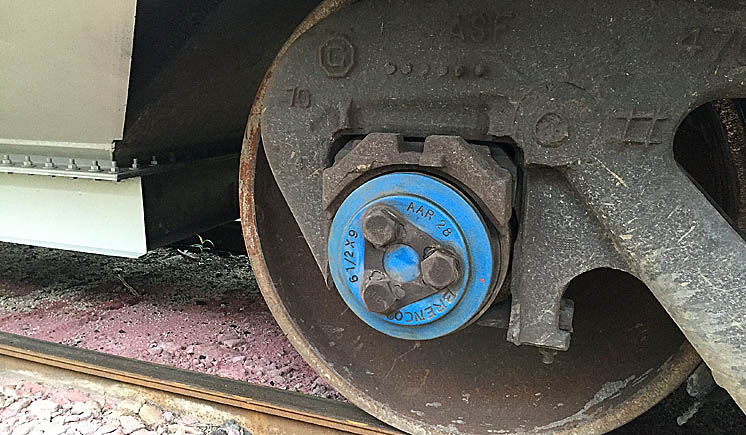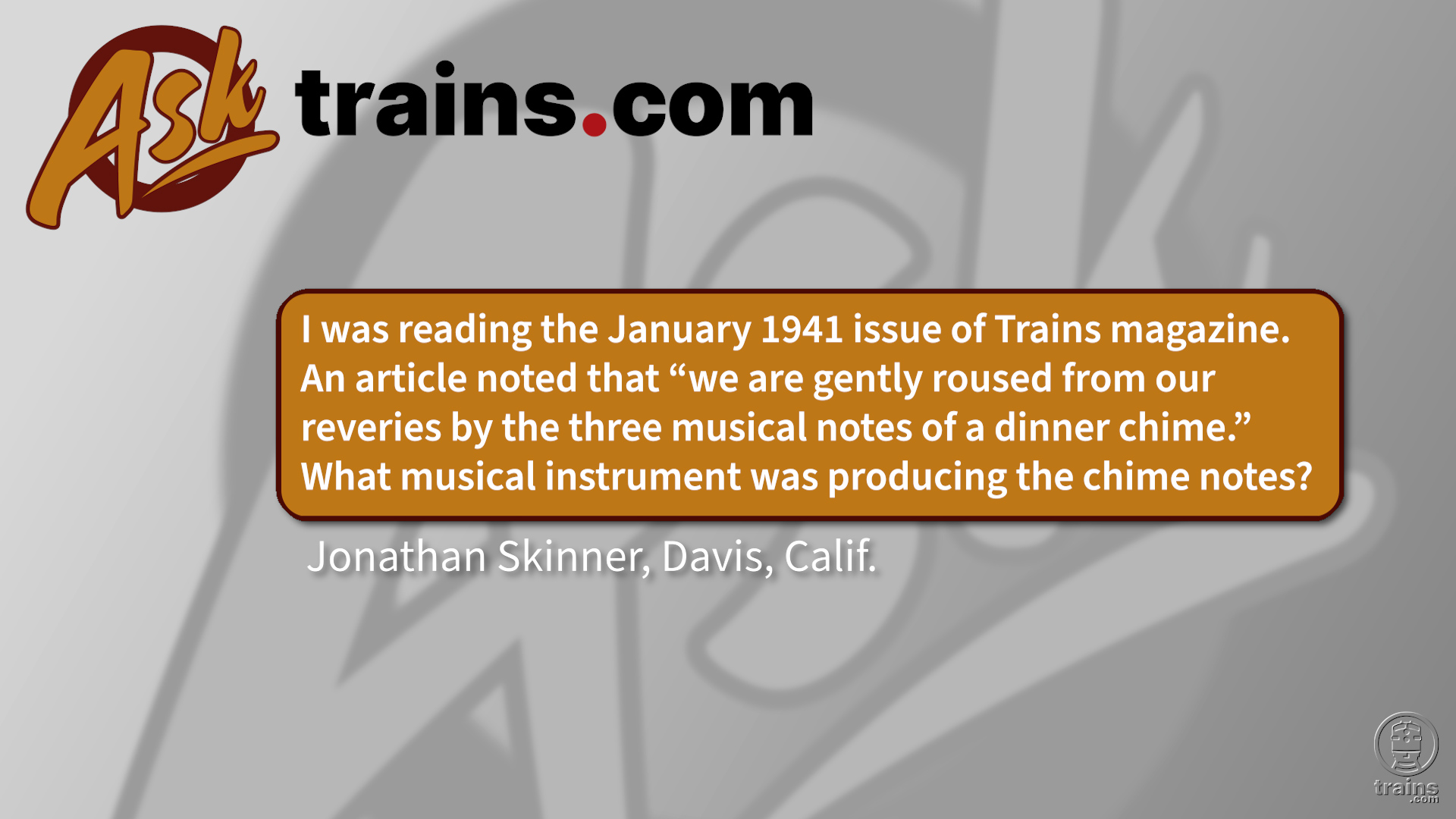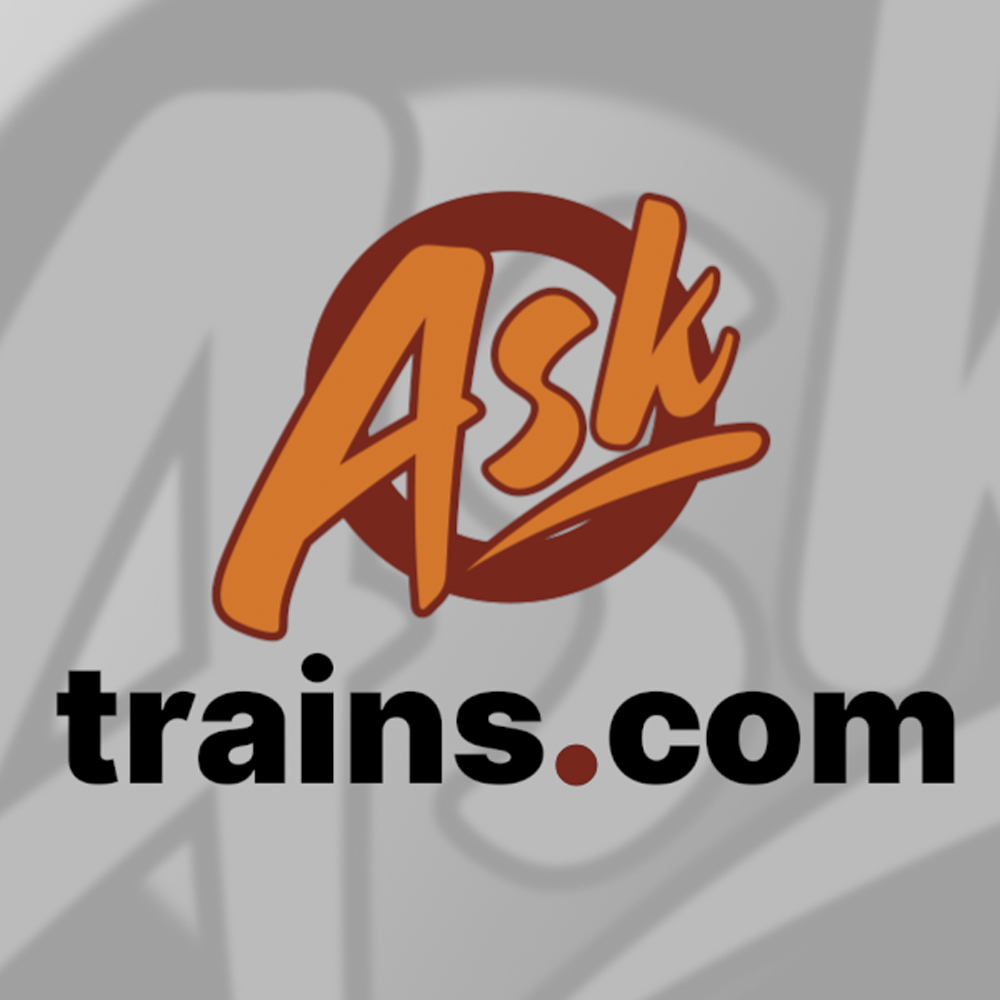Q Why are the roller bearing caps of some freight cars painted blue? –
Nathan Penn, Monmouth, Ill.
A In 1988, the Association of American Railroads sponsored the Heavy Load Research Program to provide guidance to the railroad industry and its plan to increase the loaded weight of railcars.
Increasing the weight of loaded railcars would increase railroad productivity by allowing trains to transport more freight via a decrease in trains, railcars, train crews, and fuel. By 1991, the railroad industry started accepting railcars with a 286,000-pound gross weight in interchange service. Within 20 years, virtually all unit trains of coal, sand, and rock were running on 286,000-pound capacity trucks.
The blue bearing caps you are spotting identify Brenco Class K 61⁄2 x 9 bearings manufactured for 286,000-pound trucks. These bearings are a double-row, tapered-design, fatigue-resistant unit for heavy haul application, using a low torque seal option that increases fuel efficiency.
These bearings are becoming more prevalent as 50 percent of North America’s rail freight is now moving on 286,000-pound-compatible trucks. – Thomas Cathcart, Bucyrus Railcar Repair














